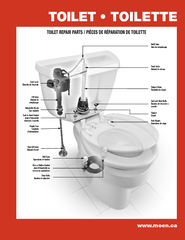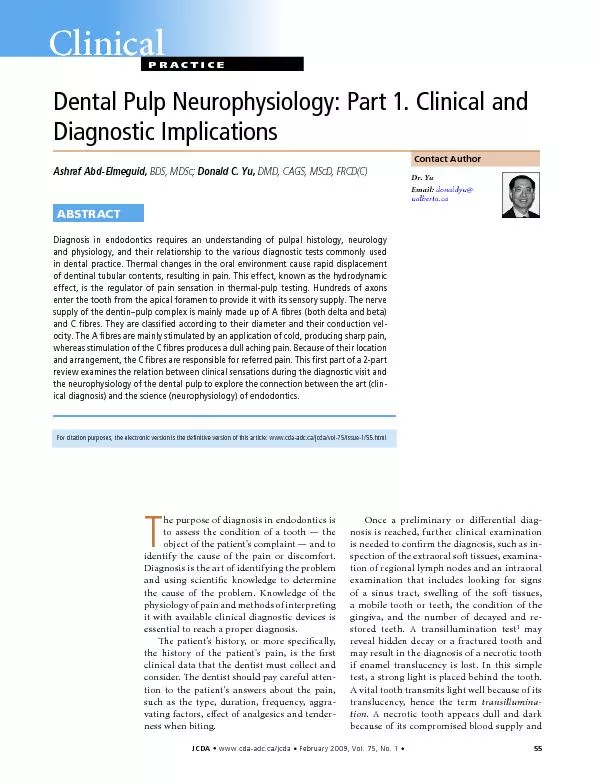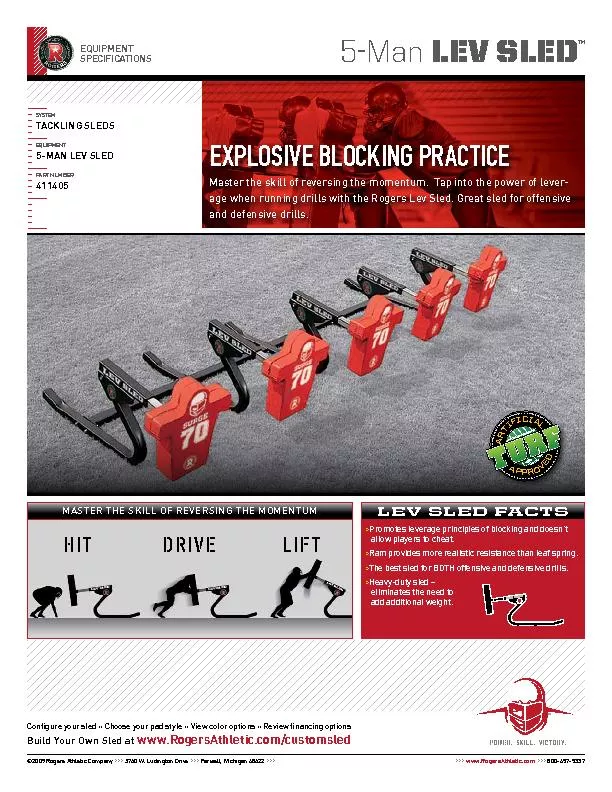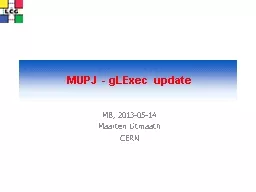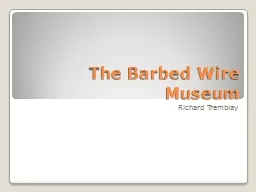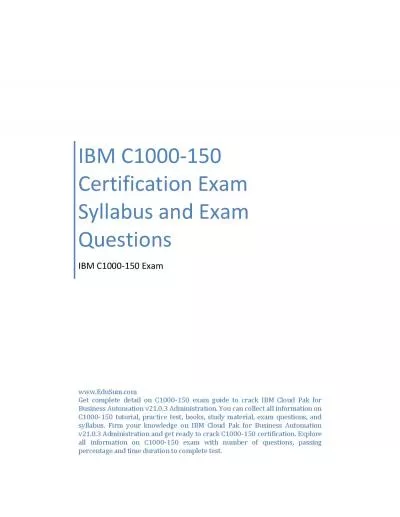PDF-150 Written by Maarten Moen The NetherlandsABSTRACTOne of the most
Author : abigail | Published Date : 2022-08-19
L pain may even be provoked by activities of daily living S TMENT A 33 Hypothesis I bone overloadWith the bone overload hypothesis it is assumed that MTSS is caused
Presentation Embed Code
Download Presentation
Download Presentation The PPT/PDF document "150 Written by Maarten Moen The Netherla..." is the property of its rightful owner. Permission is granted to download and print the materials on this website for personal, non-commercial use only, and to display it on your personal computer provided you do not modify the materials and that you retain all copyright notices contained in the materials. By downloading content from our website, you accept the terms of this agreement.
150 Written by Maarten Moen The NetherlandsABSTRACTOne of the most: Transcript
Download Rules Of Document
"150 Written by Maarten Moen The NetherlandsABSTRACTOne of the most"The content belongs to its owner. You may download and print it for personal use, without modification, and keep all copyright notices. By downloading, you agree to these terms.
Related Documents


